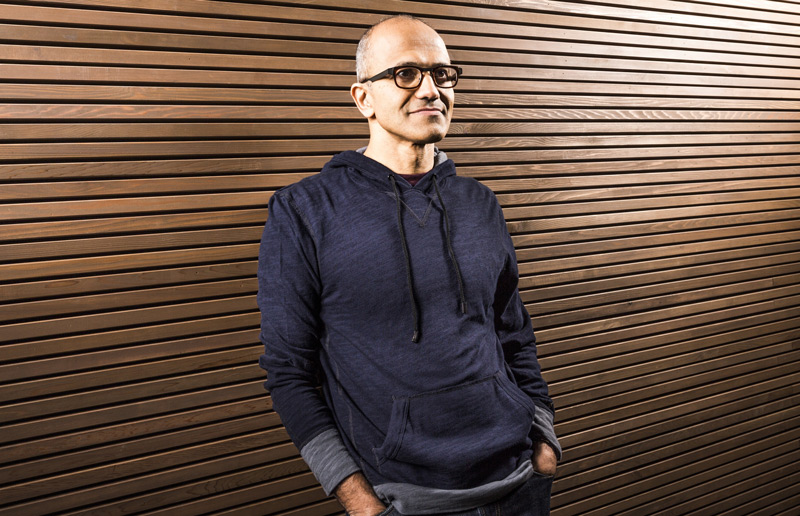Amid a flurry of hype, Microsoft reorganizes entire dev team around AI
Microsoft CEO Satya Nadella has announced a dramatic restructuring of the company’s engineering organization, which is pivoting the company’s focus to developing the tools that will underpin agentic AI.
Dubbed “CoreAI – Platform and Tools,” the new division rolls the existing AI platform team and the previous developer division (responsible for everything from .NET to Visual Studio) along with some other teams into one big group.
As for what this group will be doing specifically, it’s basically everything that’s mission-critical to Microsoft in 2025, as Nadella tells it:
This new division will bring together Dev Div, AI Platform, and some key teams from the Office of the CTO (AI Supercomputer, AI Agentic Runtimes, and Engineering Thrive), with the mission to build the end-to-end Copilot & AI stack for both our first-party and third-party customers to build and run AI apps and agents. This group will also build out GitHub Copilot, thus having a tight feedback loop between the leading AI-first product and the AI platform to motivate the stack and its roadmap.
To accomplish all that, “Jay Parikh will lead this group as EVP.” Parikh was hired by Microsoft in October; he previously worked as the VP and global head of engineering at Meta.
The fact that the blog post doesn’t say anything about .NET or Visual Studio, instead emphasizing GitHub Copilot and anything and everything related to agentic AI, says a lot about how Nadella sees Microsoft’s future priorities.
So-called AI agents are applications that are given specified boundaries (action spaces) and a large memory capacity to independently do subsets of the kinds of work that human office workers do today. Some company leaders and AI commentators believe these agents will outright replace jobs, while others are more conservative, suggesting they’ll simply be powerful tools to streamline the jobs people already have.
Amid a flurry of hype, Microsoft reorganizes entire dev team around AI Read More »








